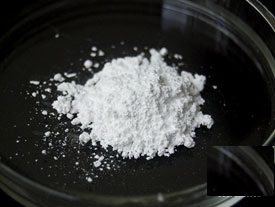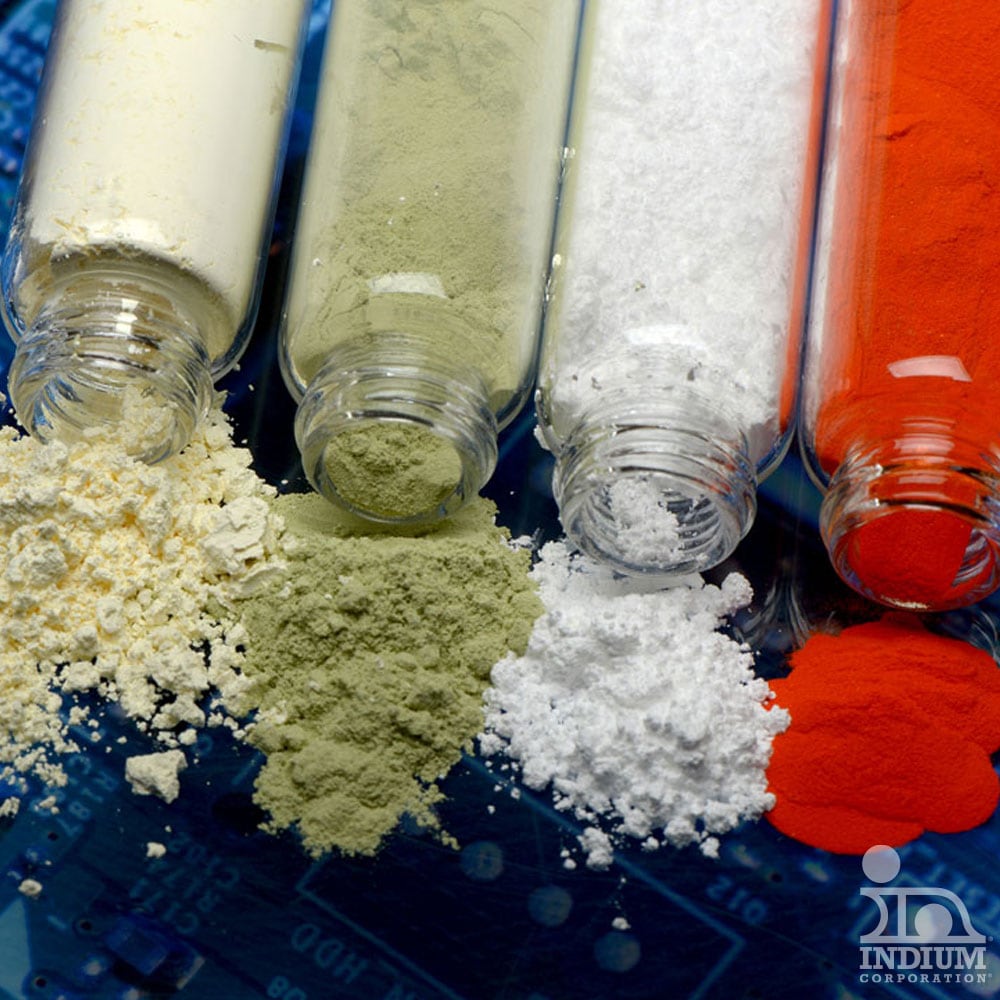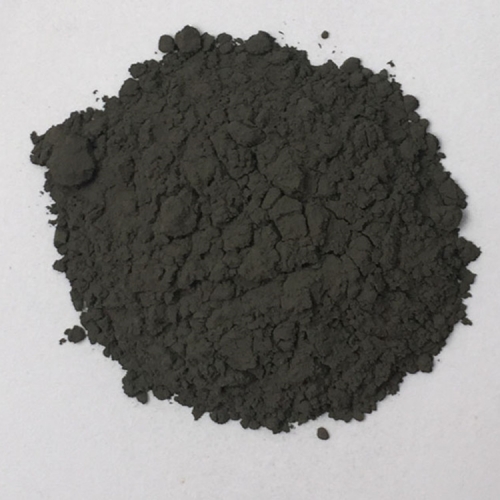Our Product

Hydroxide One
Basic hydroxide is StJN1 used a formula which takes into consideration the atomic number, valence and principal quantum number and concluded that indium hydroxide was basic and not amphoteric.
Hydroxide Two
Basic hydroxide is StJN1 used a formula which takes into consideration the atomic number, valence and principal quantum number and concluded that indium hydroxide was basic and not amphoteric.

Hydroxide Three
Basic hydroxide is StJN1 used a formula which takes into consideration the atomic number, valence and principal quantum number and concluded that indium hydroxide was basic and not amphoteric.

Hydroxide Four
Basic hydroxide is StJN1 used a formula which takes into consideration the atomic number, valence and principal quantum number and concluded that indium hydroxide was basic and not amphoteric.

Hydroxide Five
Basic hydroxide is StJN1 used a formula which takes into consideration the atomic number, valence and principal quantum number and concluded that indium hydroxide was basic and not amphoteric.

Hydroxide Six
Basic hydroxide is StJN1 used a formula which takes into consideration the atomic number, valence and principal quantum number and concluded that indium hydroxide was basic and not amphoteric.
Indium Hydroxide Properties (Theoretical)
| Compound Formula | H3InO3 |
|---|---|
| Molecular Weight | 165.84 |
| Appearance | White powder and/or chunks |
| Melting Point | 150 °C |
| Boiling Point | N/A |
| Density | 4.45 g/cm3 |
| Solubility in H2O | Insoluble |
| Exact Mass | 165.912097 |
| Monoisotopic Mass | 165.912097 |
Indium Hydroxide is generally immediately available in most volumes. High purity, submicron and nanopowder forms may be considered. Hydroxide, the OH- anion composed of an oxygen atom bonded to a hydrogen atom, is commonly present in nature and is one of the most widely studied molecules in physical chemistry. Hydroxide compounds have diverse properties and uses, from base catalysis to detection of carbon dioxide. In a watershed 2013 experiment, scientists at JILA (the Joint Institute for Laboratory Astrophysics) achieved evaporative cooling of compounds for the first time using hydroxide molecules, a discovery that may lead to new methods of controlling chemical reactions and could impact a range of disciplines, including atmospheric science and energy production technologies. Typical and custom packaging is available. Additional technical, research and safety (MSDS) information is available as is a Reference Calculator for converting relevant units of measurement.

Indium hydroxide (In(OH)3) nanocubes (around 70 nm in length) have been prepared via novel hydrothermal synthesis at 160 °C. X-ray diffraction (XRD) patterns show that the nanocubes are In(OH)3 of cubic structure with its lattice constant a=7.97 Å. The selected area electron diffraction (SAED) patterns indicate that the nanocubes are single crystalline in nature. More interestingly, amorphous uniform spheres have been obtained via CA-assisted hydrothermal synthesis at 200 °C, which have potential application in photonic bandgap (PBG) crystals.
